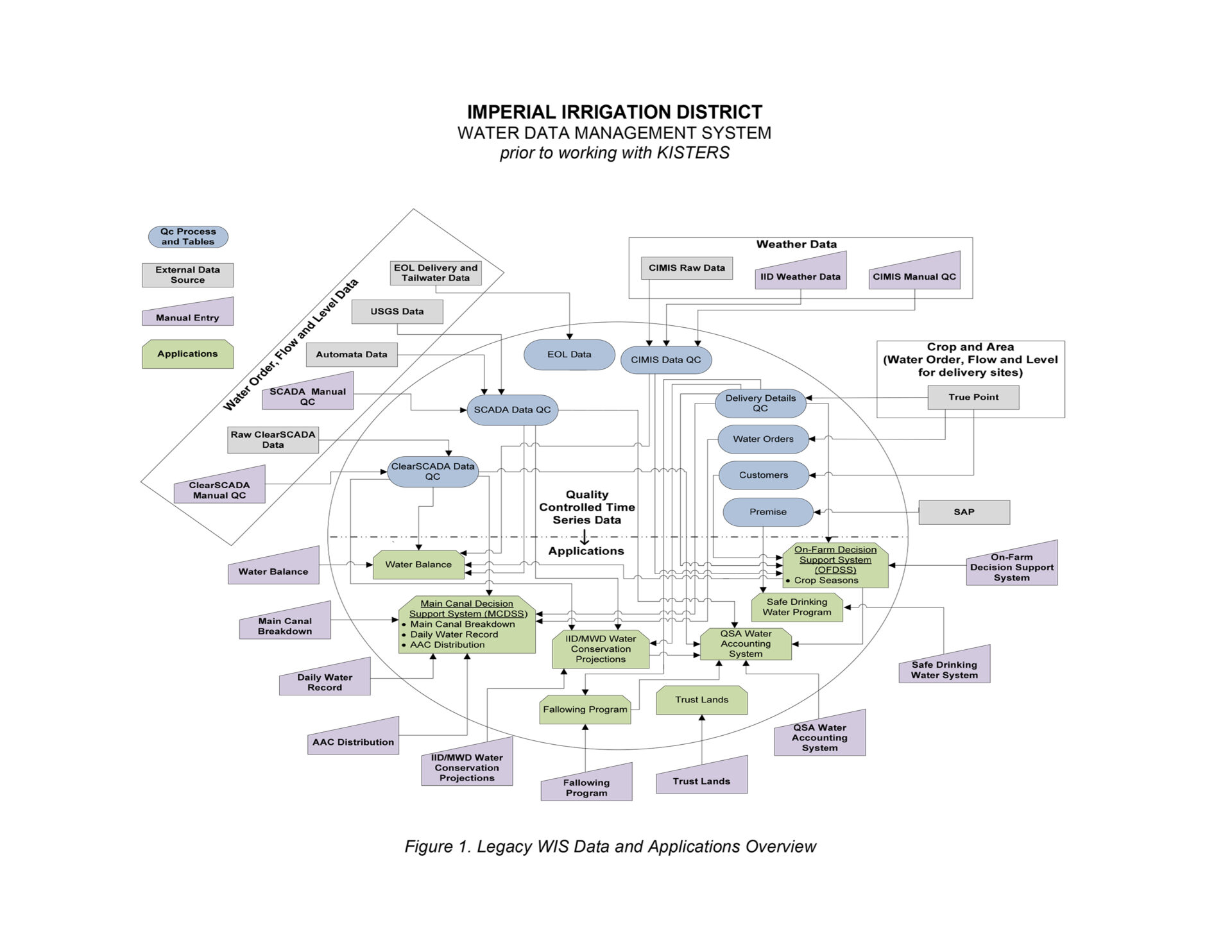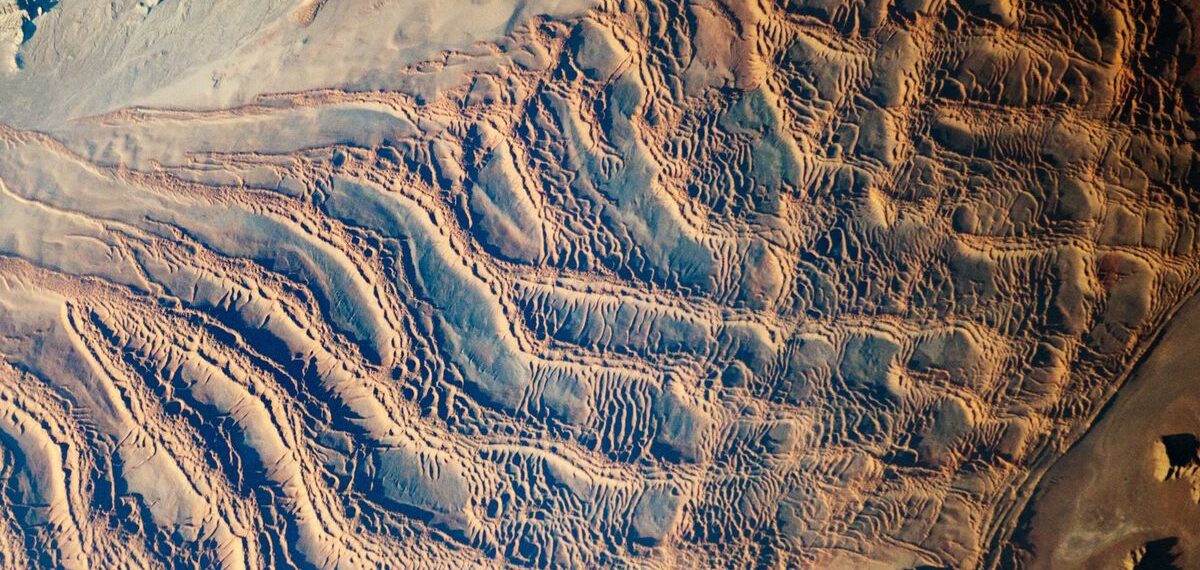Water, Weather & Environment
Maximizing water efficiency conservation in California desert for Imperial Irrigation District

Imperial Irrigation District (IID)
The Imperial Valley was uninhabited. However, since 1901, Colorado River diversions have made the southern California desert one of the most productive farming regions in the world. Imperial Irrigation District (IID) manages an elaborate water network that allows crops to fill U.S. supermarkets all year.
- The challenge
- The solution
- The benefits
The challenge
The challenge
Maintaining constant readiness to respond to environmental and regulatory changes requires predictability. Early adoption and internal development of an enterprise data system in the 1990s had supported decisions and operations for 20 years. However, opportunity costs to maintain the aging system as well as demands for more and varied data collection and processing were increasing.

The solution
The solution
WISKI replaces WIS
IID chose KISTERS through a competitive tender in 2016. Initially WISKI replaced the legacy water information system (WIS) much like a heart transplant. The KISTERS platform has been incorporated with all IID modules for daily workflows, historical datasets, and future data plans and benchmarks. Assurance of quality data and automation of routine data tasks were fundamental to reinvigorating related subsystems. WISKI now circulates information of high confidence levels to five major applications, of which On-Farm Decision Support System (OFDSS) is one. The OFDSS serves as a brain for the Water Efficiency Conservation Program. Historical crop and water delivery data are used to compute a (Farmer) Payment Benchmark, against which Delivered Water Reduction is measured. A rolling 10-years baseline is used. A separate Water Order Entry system sends information to WISKI for validation and consolidation of OFDSS inputs.
Elaborated algorithms for crop season calculations
Within the decision-support system, net crop evapotranspiration (ET) and consumptive use fraction (CUF) values for each historical crop season and in particular, at each field are computed. Crop season calculations require highly accurate delivery flow data to delineated agricultural areas. Formulas with a high number of dependencies account for weather data, crops and crop coefficients. A quality control process also filters crop seasons based on planting and harvest dates, season duration, and CUF values. Summaries of delivered water and ET values are exported from OFDSS, becoming inputs for water balance calculations which occur within the Quantification Settlement Agreement (QSA) Water Accounting System. Payments are prepared for farmers based on multiple types of contracts and estimated water savings.

The benefits
The benefits
Saving working days possible
Upgrades to the On-Farm Decision Support module are expected to save many labor-days. Each contract per agricultural field is compared to information provided by growers. Yet another data system collects and stores forms that farmers submit to document water conservation practices, which ultimately affect payments. (Any edits to the delivery form parameters are performed within the new OFDSS.)
Web interface
A web interface now empowers users of the new OFDSS to more conveniently review, access, and edit information; aggregate or drill down into datasets; and prepare intricately linked monthly reports and exports. New features also allow tasks to be assigned to specific employees and audited for better internal communication. Automated validation rules detect potential duplicate records that are flagged and quarantined for review. Notable visualization features include precipitation time series, GIS-based field maps, and dashboards.
Modern IT
Modern IT now enables staff to much more accurately confirm eligibility per crop per field per season. Better management of the vast amount of information will enable district staff to identify more effective conservation practices to crops and fields. Sharing of technical knowledge with participants is anticipated to improve relations between the district and the farmers.
Tracking
Better tracking of delivered water reduction and incentive payments verifies Imperial Irrigation District is complying with the Quantification Settle Agreement and Related Agreements to long-term obligations to develop a total of 303,000 acre-feet (337,7 million m 3) of water per year and transfer it to the San Diego County Water Authority and the Coachella Valley Water District.
Flexibility
The Efficiency Conservation Program continues to provide flexibility to participants. Growers can select certain fields, conservation measures or practices, payment options, and agreement start and end dates. With assistance from KISTERS, IID can significantly minimize administrative requirements as it facilitates overall program management and planning.